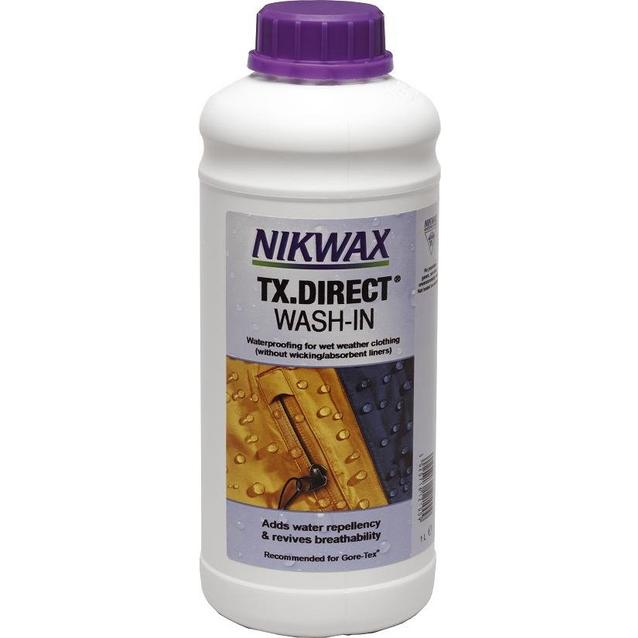Have you ever put your waterproof gear in the wash and found that it’s never been the same afterwards? That’s because standard detergent can damage the intricate construction that helps to keep you dry and maintain breathability.
Although they don’t need washing often, waterproofs are still susceptible to stains and odours, especially after a gruelling hike or mountaineering adventure. They can also lose breathability over time due to absorption of water particles. Our simple step-by-step guide will help you clean your gear without stripping it of its essential waterproofing and breathability.
Step 1: Before you wash
Before you chuck your jacket or trousers in the drum, there’s a couple of steps that’ll help make sure it all goes smoothly.
Remove dried mud and dirt with a brush or dry cloth. This will help take away the bulk of the dirt.
Empty pockets and do up zips. There’s nothing worse than finding you’ve left a tissue in your pocket after a wash, and the hours of peeling and picking that ensue. Zipping up the jacket will also help it to hold its shape in the wash.
Remove detergent build-up from your washing machine. Give the detergent drawer in your washing machine a good rinse with clean water. It’ll help to remove biological detergent which is harmful to the waterproof’s fibres.
Step 2: Washing a waterproof fabric
This is a two-wash process that ensures your garment remains fully sealed against the elements. Don’t worry, you won’t need to dry it in-between.
Load clothes and add cleaner. For the first cycle, use a specialist cleaner like Nikwax Tech Wash® or Grangers 2-in-1 Clothing Wash + Repel. It’s a wash-in cleaner that doesn’t strip the jacket of its Durable Water Repellent (DWR) coating. Follow the instructions on the bottle and add enough solution for the number of garments you’re washing.

Start your cycle. Check the care label on your jacket for washing instructions. We usually recommend 30° heat and your machine’s gentlest setting (sometimes referred to as a hand wash setting).
Wash again. Now your waterproof is clean, it’s time to boost its water repellency with Nikwax TX.Direct®. This will help make sure water beads off the surface when you’re out in the rain and also help to keep you cool and comfortable by promoting breathability.

Step 3: Drying
Waterproofs are often made from quick-drying material, so it won’t be long until they’re completely dry and ready to take on your next adventure.
Leave to air dry. You can hang your jacket on a washing line or around the house to dry.
Tumble dry. If you’d prefer to use a tumble dryer, use a low heat setting and check on the jacket frequently. It will take much less time to dry than your usual garments.
How to reproof damaged garments that have lost their waterproofing
If you’ve already washed your jacket using biological detergent, there’s a chance it could be damaged. This will reduce its ability to repel water and maintain breathability. The best option when this happens is to wash it a few times with specialist cleaner like Nikwax to reproof the fabric.
We hope this guide was helpful for cleaning your waterproof jackets and coats. Shop our full range of cleaning and proofing products here.
